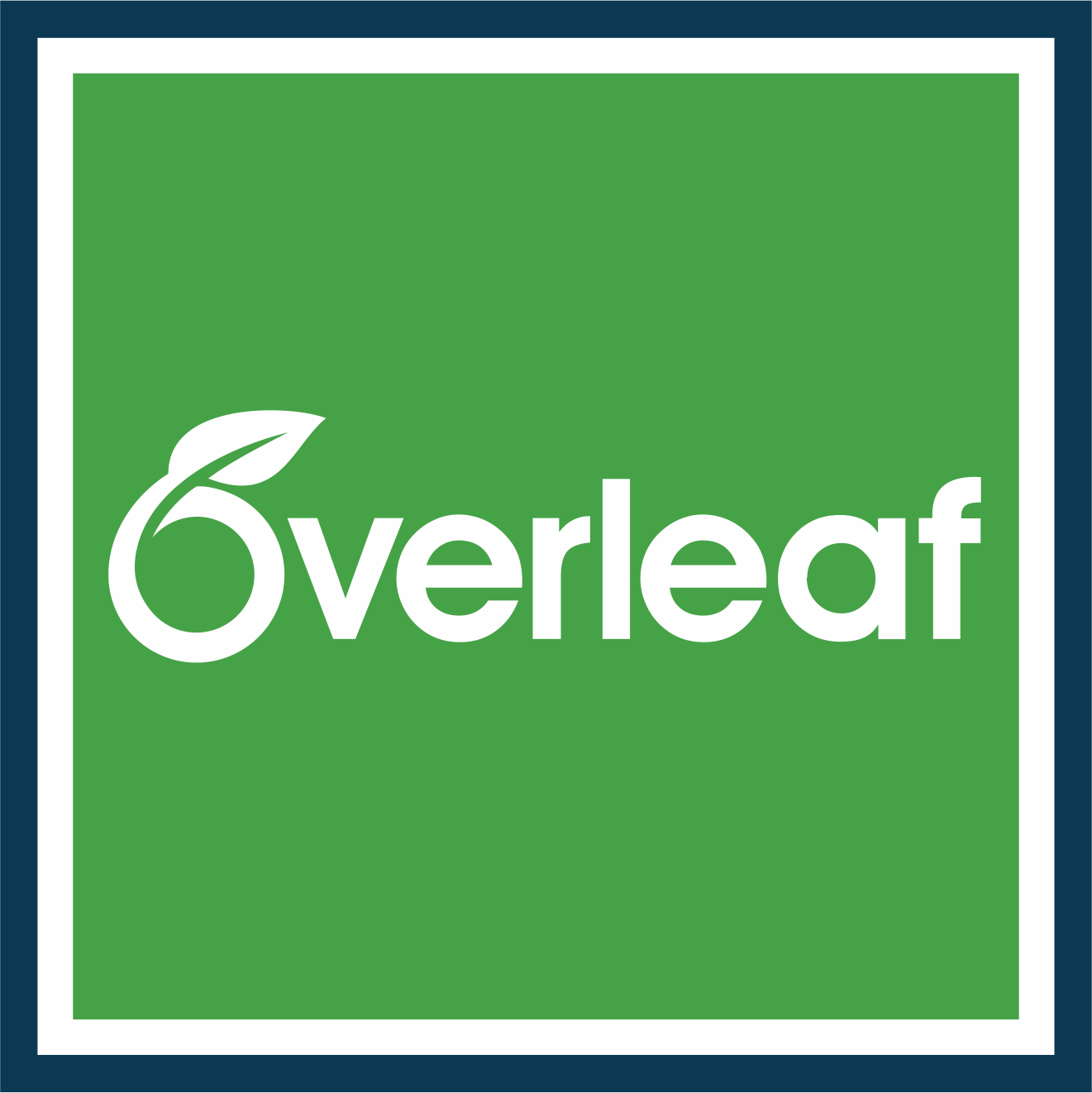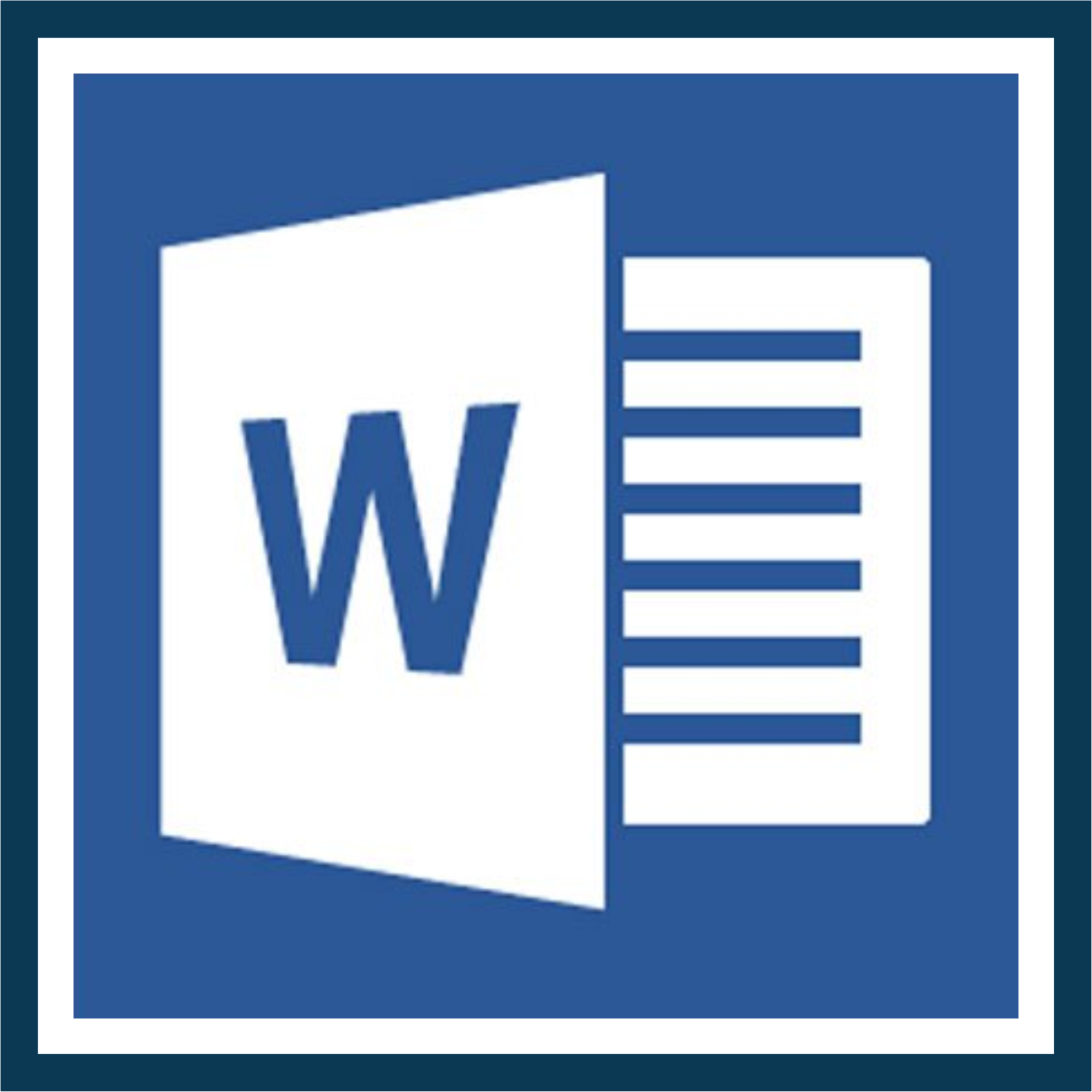Authors
Guidelines
Authors
Ethics
Payment
Information
Article
Templates
Only PDF files will be accepted for the review process. The conference follows a double-blind review procedure. Although not mandatory, regular paper submissions are recommended to be 4–6 pages in length. At least one of the authors must attend the conference and present the work in full.
A submission template is available in the Overleaf gallery and as a separate LaTeX file. A Microsoft Word template is also provided. All templates can be accessed here.
For information on the submission procedure and how to access the submission system, please visit the Submission page.
Authors Guidelines
The NTCA 2026 conference does not impose strict word or page limits. However, authors are strongly encouraged to write concisely and to follow the guidelines below.
Articles should ideally be between 4–6 typeset pages in length. As a guide, the main text (not including Abstract, Methods, References and figure legends) should be no more than 4,500 words. The maximum article title length is 20 words. The Abstract must be no more than 250 words and contain no references. It should serve both as a general introduction to the topic and as a brief, non-technical summary of the main results and conclusions.
We suggest that articles contain no more than 8 display items (figures and/or tables). In addition, a limited number numbered mathematical equations may be included if necessary. To enable typesetting of papers, the number of display items should be commensurate with the word length — we suggest that for articles with less than 2,000 words, no more than 4 figures/tables should be included.
For the main body of the text, there are no strict requirements for section organization. According to the authors’ preference, the text may be organized to fit best the presented research. As a guideline, however, we recommend that you structure your manuscript as follows:
- Introduction
- Methods (with subheadings)
- Results (with subheadings)
- Discussion (without subheadings)
- Conclusion
Specific order for the main body of the text is not compulsory and, in some cases, it may be appropriate to combine sections.
Introduction should mainly consist of research (worldwide), referring to articles published in the past addressing similar topic and exact stating of work intentions. Introduction should be understood as an upside down pyramid, where it is necessary to start with general (large) overview and then work towards formulation of claims or hypothesis, which should be the last part of Introduction. It is necessary to provide reader with reasons for addressing the issue and why is the study an inevitable part of research in given field.
Authors must ensure that their Methods section includes adequate experimental and characterization data necessary for others in the field to reproduce their work. Descriptions of experimental procedures should be given.
It is also necessary to clearly present the results of solving the issue (problem), which the article addresses. Presented results should be discussed and if possible compared to similar studies, addressing similar issues.
In Conclusion section, besides general conclusions, provide potential contribution(s), limitation(s) and recommendation(s).
Conference submissions are read by scientists from diverse aviation and aerospace backgrounds. Most of them are not native English speakers. Therefore, authors should give careful thought to how communicate their findings clearly. Although a shared basic knowledge of science may be assumed, bear in mind that the language and concepts that are standard in one field may be unfamiliar to non-specialists. Technical jargon should be avoided and clearly explained where its use is unavoidable.
Abbreviations, particularly those that are not standard, should also be kept to a minimum. Where unavoidable, abbreviations should be defined in the text or legends at their first occurrence, and used thereafter. The background, rationale and main conclusions of the study should be clearly explained. Titles and abstracts in particular should be written in language that will be readily intelligible to any scientist. We strongly recommend that authors ask a colleague with different expertise to review the manuscript before submission, in order to identify concepts and terminology that may present difficulties to non-specialist readers.
On the other hand, before submitting your paper ensure that it has been carefully read for typographical and grammatical errors. If English is not your first language, we kindly ask you to have your paper proof-read by an English speaking person. Papers will be returned if the standard of English is not considered to be good enough for publication.
Conference submissions use U.S. English spelling.
Every article that contains statistical testing should state the name of the statistical test, a justification for the use of that test (including, for example, a discussion of the normality of the data when the test is appropriate only for normal data), the alpha level for all tests, whether the tests were one-tailed or two-tailed, and the actual p value for each test (not merely “significant” or “p < 0.05”). It should be clear what statistical test was used to generate every p value. Use of the word “significant” should always be accompanied by a p value.
All tables and figures must have self explanatory captions. The rules for composing the captions are the same as for composing the title of the paper. The reader should be able to look at a table or figure and by reading the caption know exactly what was done in that part of the experiment without having to read the text for an explanation. Captions of Figures cannot be integrated in the figure. Figure caption belong below the Figure and Table captions belong above the Table.
In case of special symbols or abbreviations are present in a Figure/Table, it is necessary to explain them in the caption or footnote.
Each Figure and Table has to be referred to in the text.
Figures quality
When possible, supply vector-based files such as those produced by Adobe Illustrator or Corel Draw. Vector files give us maximum flexibility for sizing your figures properly. They maintain high print-quality resolution at any size. Do not rasterize line art or text.
Photographic images should have a minimum resolution of 300 dpi at final print size. Embedded images within a vector file should also have a minimum resolution of 300 dpi. Note that, up-sampling artwork (artificially increasing file size or resolution) will not improve quality and causes production problems.
Please ensure that every reference cited in the text is also present in the reference list (and vice versa). Unpublished results and personal communications are not recommended to be put in the reference list, but may be mentioned in the text. Web page references will be accepted only minimally. References in text have a form of a number in square bracket. References should be prepared using IEEE citation and reference style.
Authors Ethics
The NTCA 2026 conference adheres to the IEEE guidelines on publishing ethics. Authors are expected to uphold the highest standards of integrity in research and publication.
Papers found to violate ethical standards (e.g., duplicate submission, plagiarism, or authorship misconduct) will be rejected without review and may be reported to the appropriate institution(s).
Basic information is outlined below. For comprehensive guidance, please refer to the full IEEE Ethical Requirements.
IEEE considers individuals who meet all of the following criteria to be authors:
- made a significant intellectual contribution to the theoretical development, system or experimental design, prototype development, and/or the analysis and interpretation of data associated with the work contained in the article;
- contributed to drafting the article or reviewing and/or revising it for intellectual content;
- approved the final version of the article as accepted for publication, including references.
Contributors who do not meet all of the above criteria may be included in the Acknowledgment section of the article.
Guest, honorary, or ghost authorship is strictly prohibited.
Authors must ensure that:
All sources are properly cited and referenced,
Previously published results (including their own) are clearly identified and not presented as new,
Reuse of text, data, or figures is disclosed and cited appropriately.
Citing an irrelevant source for the purpose of artificially inflating citation metrics is considered a breach of ethics. Only cite relevant sources that legitimately contribute to your article according to the criteria outlined above.
All submitted manuscripts will undergo automated plagiarism screening. The following are considered unacceptable:
Verbatim copying of text without quotation and citation,
Paraphrasing without crediting the original source,
Self-plagiarism, i.e., reusing significant portions of one’s own published work without proper citation or justification.
Submissions found to violate these standards will be rejected without review and may be reported to the authors’ institutions or funding agencies.
Payment Information
Presenters are required to register and pay their registration fee before the final deadline. If you pay before the early bird deadline you will get a cheaper rate on the registration fee.
The deadline for early payment is March 15, 2026.
The price includes entry to the event, conference materials, lunch and coffee breaks and entry to a social event.
IEEE members: 320 €
non-members: 400 €
Students IEEE members: 280 €
Students non-members: 350 €
Senior/Life IEEE members: 260 €
IEEE members: 360 €
non-members: 450 €
Students IEEE members: 320 €
Students non-members: 400 €
Senior/Life IEEE members: 300 €
There are one payment option available for the 25th International Conference on New Trend in Civil Aviation 2026 (NTCA 2026), the Bank Transfer.
Bank Transfer Information:
Account number: 19-3322370227/0100
Account holder: Czech Technical University in Prague, Faculty of Transportation Sciences
Name of the bank: Komerční banka, a.s.
Bank address: Spálená 51, 11000 Prague 1, Czech Republic
IBAN: CZ63 0100 0000 1933 2237 0227
Variable symbol: 8402601
Message for recipient: 8402601 + name of the participant
Article Templates
The purpose of a conference template is to provide a consistent format for papers appearing in the conference proceedings. Use of below provided templates is mandatory for preparing articles for the New Trends in Civil Aviation Conference. Note that typesetting in LaTeX is recommended.
The conference templates contain guidance text for composing and formatting conference papers. Please ensure that all guidance text is removed from your conference paper prior to submission to the conference.
Failure to remove template text from your paper may result in your paper not being published.


